The Thanh Tri rice paper making profession (Hanoi) has just been included in the list of National Intangible Cultural Heritage by the Ministry of Culture, Sports and Tourism in the category of Folk Knowledge and Traditional Crafts.
Thanh Tri village (now Vinh Hung ward, Hanoi city) has long been famous for making rice rolls, a delicate, elegant dish imbued with Vietnamese soul. Through many historical ups and downs, Thanh Tri rice rolls are not only a daily dish of the capital's people, but also a symbol of culinary culture, demonstrating the ingenuity, perseverance and love for the traditional craft of Thanh Tri villagers.
Attractive rustic dishes
Thanh Tri village rice rolls are divided into two types, one is rice rolls with leaves (only flour and green onions) and the other is rice rolls with meat filling. The process of making rice rolls in Thanh Tri is quite elaborate.
Thanh Tri villagers pass on to each other the secret of making rice cakes by hand, from choosing rice, soaking, grinding flour to watching the fire and the technique of making rice cakes. The selection of rice must be very careful, one of the secrets to having delicious batches of rice cakes is to choose good rice, if the rice is good then the surface of the cake will be smooth. Soak for a few hours and then wash clean. After that, the rice is ground into a liquid powder, this is an important step because the powder must be ground finely to make the surface of the rice cake smooth and shiny. If the powder is too thin, the cake will be crushed, but if it is too thick, the cake will be thick.
Ms. Hoang Thi Lan (62 years old), owner of a banh cuon shop at 30 Thanh Dam Street, said that when making banh cuon, the stove must always have a fire but not too big so that steam can rise continuously. When making banh cuon, the baker scoops a small ladle of water and flour onto a white cloth with a bamboo border, covers it with a pot of boiling water, covers it with a lid and waits for about 1 minute until the rice flour turns clear white, then uses a small bamboo stick to take the banh cuon and spread it on the table, the thinner the banh cuon, the better. After that, cut it in half and quickly roll it up.
Thanh Tri rice rolls are special in that they are thin, soft, flexible, white, and have the aroma of green onions, shiitake mushrooms, and wood ear mushrooms. When enjoying Thanh Tri rice rolls, you cannot miss cinnamon sausage and spices such as coriander, dried onions, and a bowl of dipping sauce with sour, spicy, salty, sweet flavors, and the characteristic aroma of water bugs. All of these create the unique flavor of Thanh Tri rice rolls, which you will remember forever after just one bite.
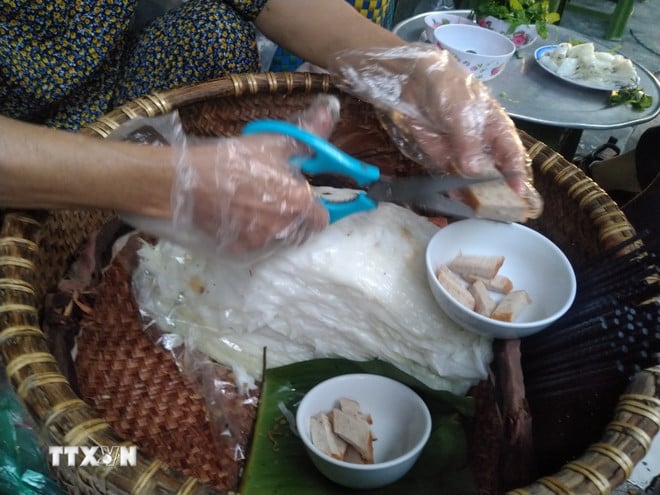
Thanh Tri rice rolls of Hanoi , with their natural flavors that have been passed down for generations, have become an indispensable part of the lives of the people of the capital. This is a type of rice roll without filling, thinly spread, and served with cinnamon sausage. (Photo: Pham Hau/VNA)
Thanh Tri village currently has about 100 households making rice rolls. Nowadays, the rice rolls making process is supported by machines, but Thanh Tri people still do it manually and do it for the reputation of the village. Families making rice rolls not only serve the food needs of the people in the area but also take orders and deliver to restaurants in Hanoi. Many households have 2 or 3 generations of rice rolls making and are determined to live with the rice rolls making profession for the rest of their lives. Making rice rolls is not only a livelihood, but also a pride, a cultural tradition preserved through many generations by Thanh Tri people.
Preserving and promoting traditional crafts
Thanh Tri rice rolls have a long history, associated with legendary stories and unique cultural festivals. According to legend, the rice roll making profession was taught to the people of Thanh Tri village by Prince An Quoc, son of the 18th Hung King, and his merit laid the foundation for a traditional profession that has existed and developed to this day.
To commemorate the merits of the founder of the profession, every year, on the 2nd of the 3rd lunar month, Thanh Tri village organizes a festival and a rice cake making competition between villages, which is both an opportunity for exchange and a way to preserve the traditional profession. The unique feature of the festival is the traditional rice cake making competition, where artisans show off their ingenuity and talent, both to preserve the culture and to find skilled workers to continue the traditional profession. This is a highlight of the village festival, and at the same time to honor the traditional profession of the people of Thanh Tri village.
In 2024, Thanh Tri rice cake village was recognized as a "Traditional Craft Village of Hanoi", marking a new step in preserving and promoting local culture.

Hanoi rice rolls are divided into two types: with filling and without filling. Typically, Thanh Tri rice rolls are without filling, thinly spread, and served with cinnamon sausage. (Photo: Pham Hau/VNA)
The inclusion in the national heritage list is an opportunity to preserve, honor and promote more widely the unique cultural and culinary values of craft villages, contributing to enriching the culinary quintessence of the capital. At the same time, this is also the basis for Hanoi to connect and develop craft village tourism, creating sustainable livelihoods for people and contributing to enriching the identity of the land of thousands of years of civilization.
When becoming a heritage, Thanh Tri rice rolls will be invested in more systematically for preservation, from the production process to the craft village space. Media programs, culinary festivals, and experience tours will help widely promote the image of the craft village, creating conditions for the younger generation to continue the tradition, and artisans to pass on the secrets of making rice rolls to the younger generation through courses and workshops in the locality.
Preserving and developing the traditional values of Thanh Tri rice cake village is an important task, not only to preserve the national cultural identity but also to develop the local economy. Preserving the cultural values of the craft also needs to be combined with developing village tourism, helping visitors understand more about the production process and enjoy this special rice cake dish.
Preserving and developing the traditional values of Thanh Tri rice paper village is not only the task of the community and villagers but also the responsibility of authorities and businesses; it is necessary to focus on preserving traditional recipes and processing methods, improving product quality, and creatively combining ingredients and processing methods to meet the increasingly diverse needs of the market.
The combination of preserving cultural beauty and applying technical advances and creativity in products will help Thanh Tri rice cake craft reach further, affirming the unique value of the craft village in the hearts of tourists and consumers./.
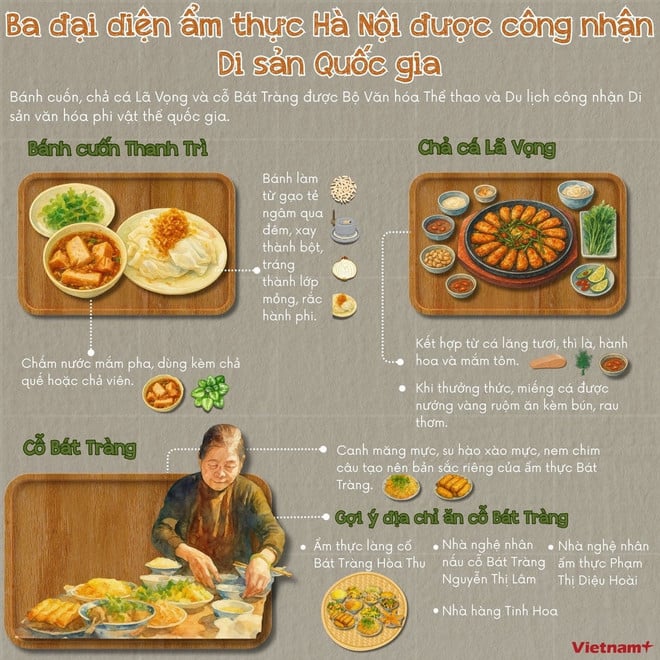
(Vietnam+)
Source: https://www.vietnamplus.vn/bao-ton-va-phat-huy-gia-tri-nghe-lam-banh-cuon-thanh-tri-post1076562.vnp



![[Photo] General Secretary To Lam and National Assembly Chairman Tran Thanh Man attend the 80th Anniversary of the Traditional Day of the Vietnamese Inspection Sector](https://vphoto.vietnam.vn/thumb/1200x675/vietnam/resource/IMAGE/2025/11/17/1763356362984_a2-bnd-7940-3561-jpg.webp)










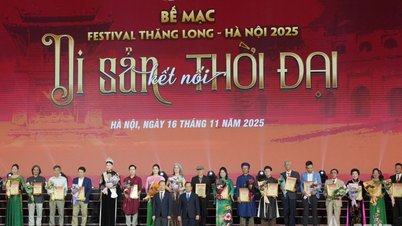




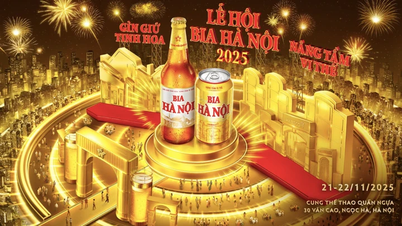






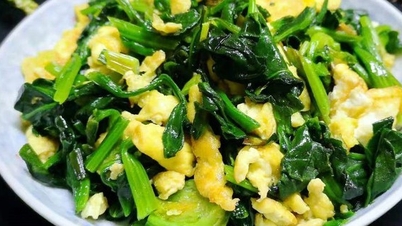







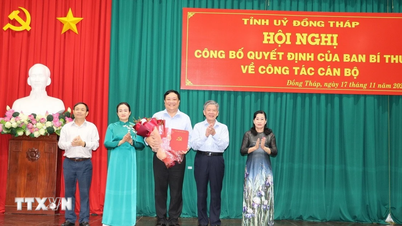




















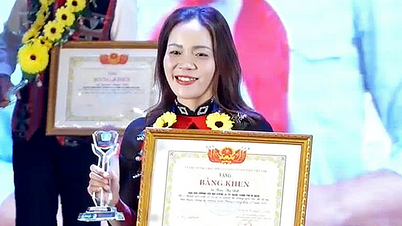



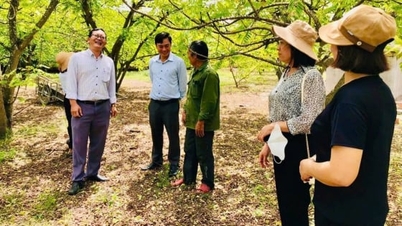

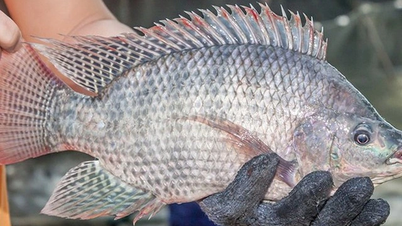

































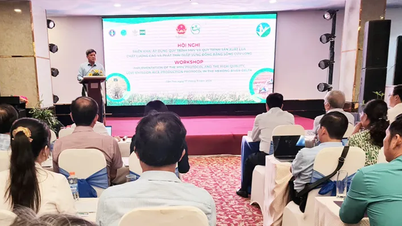













Comment (0)